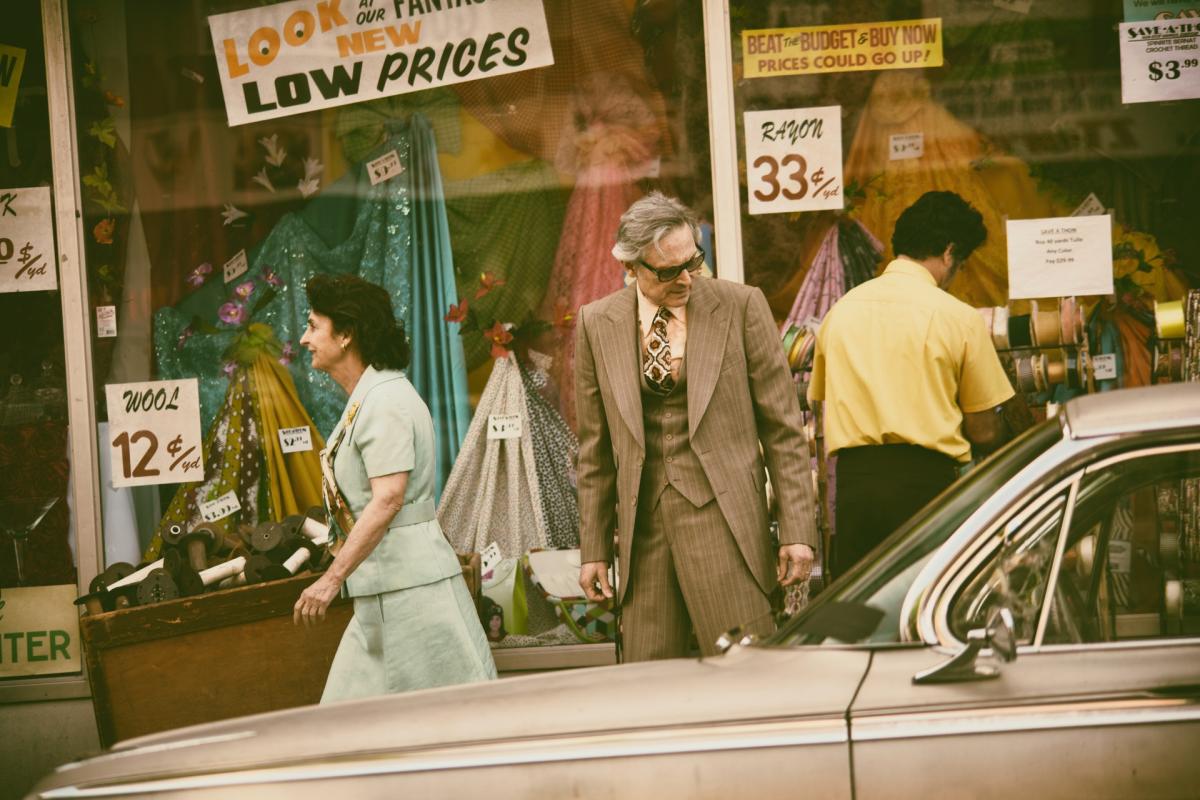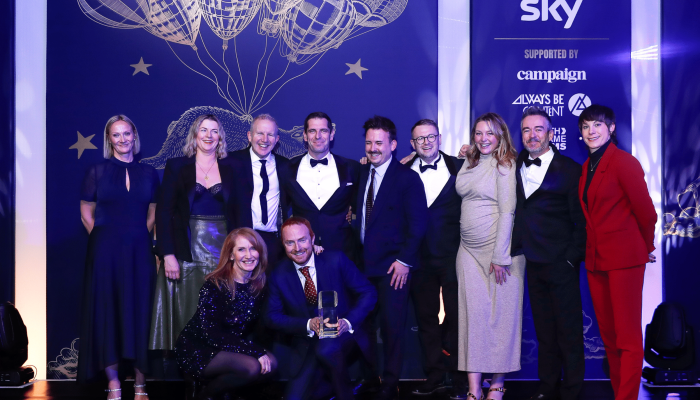By 2037, 1 in 4 of the UK population will be over 65. Today, more than 23 million are over 50. The occasional article in our trade titles attests to that fact, suggesting ways that we might - as marketers - be more inclusive of the ‘over 50s’. But perhaps a starting point would be to stop using that phrase? Because ‘over 50s’ come in a mulititude of forms and, of course, ages.
Adult life expectancy in the UK is currently at just over 80 and set to rise to over 85 for women by 2030; thinking of the over 50s as one group obscures the opportunity they present. A report earlier this year claimed that one in five Baby Boomers was a millionaire, with 55-64 year-olds faring the best. But not that far behind are 65-74 year-olds and of particular interest perhaps is the fact that since 2015, 75-84 year olds overtook 45-54 year olds in terms of wealth.
Neither the scale of the audience, nor their affluence makes sense of their comparative invisibility to marketers and, arguably, to society. Rather, it’s a cultural prejudice that is supported by the systems we have built.
Western culture fetishizes youth and the advertising industry takes that obsession to the extreme. The image of ‘older’ is homogenized, patronising and alienating. There has been an increase in the number of ads featuring older actors (still few enough that we could probably name them all) – but when those actors are 50 and the audience to which they aim to appeal are 75, we’re still massively missing the point.
On a macro level too, we aren’t set up to understand the differences in attitude, preference and behaviour between someone at 68 and someone at 88 – folk who are feasibly great grandparents, grandparents, parents and even still someone’s child. At one end of that twenty year span we find people who grew up during the second world war; at the other, those born the same year as package holidays. The rapid pace of change during those two decades clearly shaped those generations in very different ways.
But those differences are smoothed over by our industry, in part because of the data we collect and segment. The upper age brackets in the data tools that inform our campaigns and help us target them have unhelpfully youthful upper age brackets: TGI and Acxiom is 75+; Experian and Facebook are 65+. Even our national census stops differentiating at 85+ (which means our knowledge about the 1.5 million people in that bracket is less specific than those under 10, who are grouped into 5 year cohorts).
As people move through their 60s, 70s 80s, 90s and even 100s, they leave increasingly rich data trails. We can gather more intelligence therefore, but if we don’t split out those upper age brackets, it will still all be on very lumpy terms. There’s a huge opportunity cost too; with better, more finely tuned knowledge segmented in narrower groups, we would be able to shape our products and services to be more relevant to the people we hope to attract.
The charity sector knows perhaps better than most the need to see those past 50 as not one audience but many with very distinct characteristics. Legacy gifting (leaving a donation in your will) accounts for 31% of all UK charitable donations – the single biggest source. By 2030, half of all deaths will be Baby Boomers, so speaking to that audience now about legacy is prudent. But with only a seven-year lag between final will-writing and that will being executed - and people more likely to live well into their 70s - there clearly need to be nuanced, and ethical, strategies for those age groups.
“In the legacy marketing team at the British Heart Foundation we challenge ourselves to put the supporter first in all our interactions. Working with the over-75 and over-85 audiences gives us an amazing opportunity to connect with remarkable groups of people. We would welcome a broader recognition from the advertising industry, and beyond, which we as marketers need to open out our understanding and our categorisation of older audiences,” confirms Fiona Riley, Head of Legacy Marketing at British Heart Foundation. “In doing so we will better understand their nuances, as opposed to seeing them as a homogenous group once they surpass the age of 65.”
Whilst the advertising industry boasts a particularly young workforce (an average age of just 34), that’s no excuse for our collective blind-spot. One of the joys and genius of our job is to be able to create work which connects with people in whose shoes we have never walked. Opening our minds, and our industry, to people of all ages with no arbitrary shelf-dates will be good for business and for the, thankfully, long-living world in which we live.
Jo Arden, Chief Strategy Officer, MullenLowe Group UK



